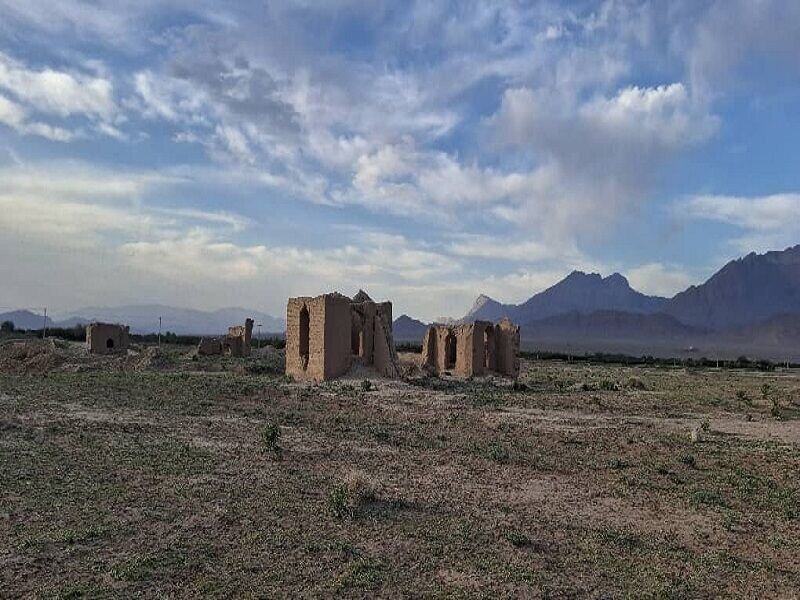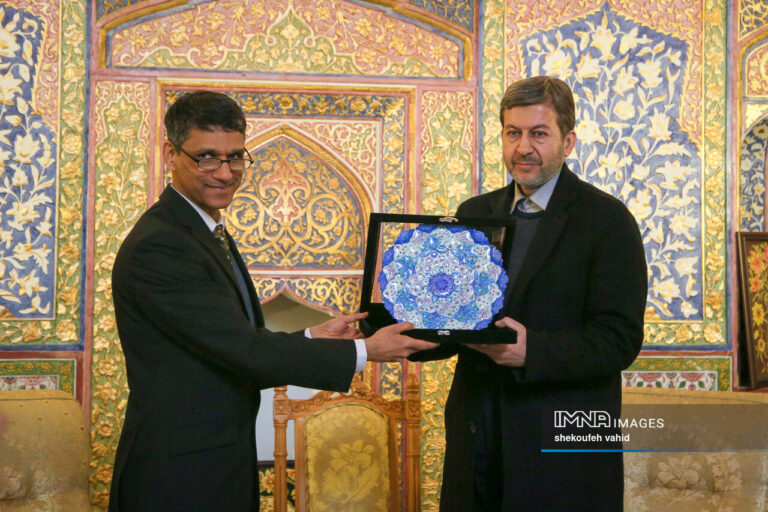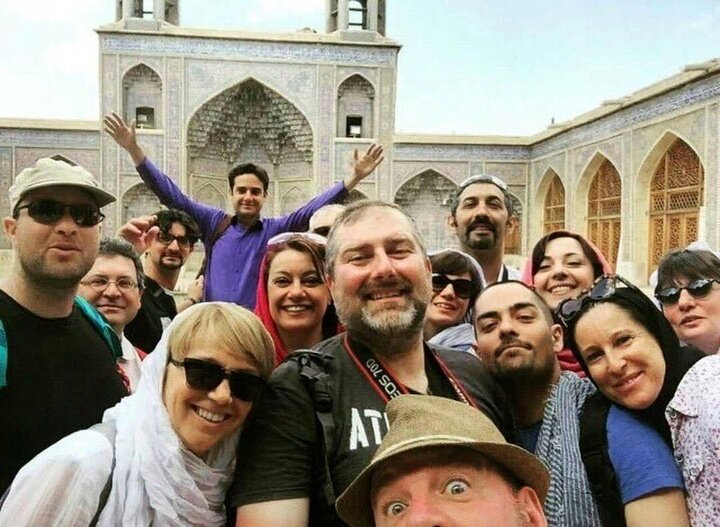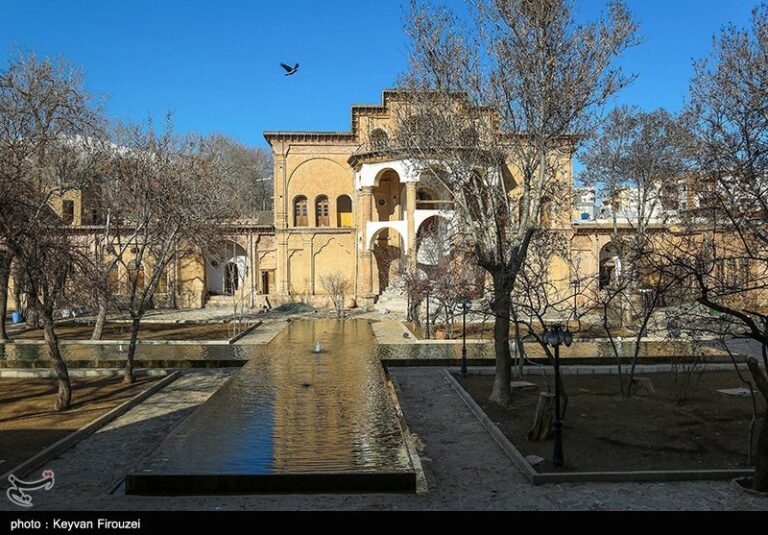Groundbreaking Archaeological Survey Uncovers Paleolithic Human Evidence in Kerman Plain!
An archaeological team has made remarkable discoveries in the central plains of Kerman, southern Iran, revealing a continuous human presence from the Paleolithic period to modern times. This significant finding, led by Amin Mahani, the head of the archaeological team and director of the Goharriz Qanat World Heritage Site, offers a fascinating glimpse into the region’s rich history.
The first season of archaeological surveys conducted in the Mahan district of Kerman has unveiled crucial evidence of prehistoric human occupation. The project, organized by the Research Institute of Cultural Heritage and Tourism, aimed to identify archaeological sites, historical areas, and ancient settlements in the Mahan region.
The findings from this project illustrate a sequential timeline of human settlement, spanning from the Paleolithic era to the present day. This timeline provides invaluable insights into the evolution of human habitation within the area.
Key aspects of the survey included:
- Mapping Ancient Sites: The team focused on identifying and documenting various archaeological sites throughout the Mahan region.
- Water Resource Influence: Emphasis was placed on understanding how underground water resources, particularly qanats, influenced settlement patterns.
- Development of Water Management Structures: The survey examined the evolution of qanats and other water management systems that have been essential to the region’s history and agriculture.
The Mahan plain is situated between the towering peaks of Polvar and Jopar, both of which exceed 4,000 meters in height, and is located approximately 35 kilometers southeast of Kerman city. Historically, Mahan has served as a critical cultural crossroads, connecting various civilizations, including those of Lut Shahdad, the Bardasir plain, northern Kerman, Bam, and Jiroft.
Archaeological evidence gathered from the region reflects the rise and fall of several ancient civilizations in southeastern Iran. Mahani has pointed out the region’s unique dual historical settlement patterns, showcasing both nomadic and sedentary populations that have thrived due to the area’s favorable climate and abundant water resources.
The strategic location of Mahan has not only fostered the growth of local cultures but has also allowed for external influences to shape its development over the centuries. Among the significant findings of the survey were:
- Paleolithic-Era Sites: Evidence of early human activity dating back to the Paleolithic period.
- Chalcolithic Metallurgical Activities: Discoveries related to metal smelting and casting technologies from the Copper Age.
- Water Management Structures: Various structures that highlight the advanced water management systems utilized by ancient populations.
- Nomadic Encampments: Identification of sites used by nomadic groups throughout history.
- Ancient Rock-Cut Dwellings: Evidence of unique architectural styles employed by past populations.
The diverse settlement strategies observed in these findings provide a comprehensive understanding of how ancient populations adapted to their environment and utilized available resources effectively. This ongoing research not only preserves the rich history of Kerman but also contributes significantly to the broader understanding of human civilization in the region.
As the archaeological team continues its work in the Mahan district, they are committed to uncovering more about the intricate tapestry of human history that has shaped this area of Iran. The discoveries thus far underscore the importance of preserving cultural heritage and the need for further studies to unravel the complexities of past societies.
In conclusion, the archaeological surveys in Kerman’s Mahan district have opened a window into the past, demonstrating that this area has been a vital hub for human activity for thousands of years. The evidence of continuous habitation from the Paleolithic era to modern times not only enriches our understanding of the region’s history but also highlights the significance of water resources in shaping human settlement patterns.






